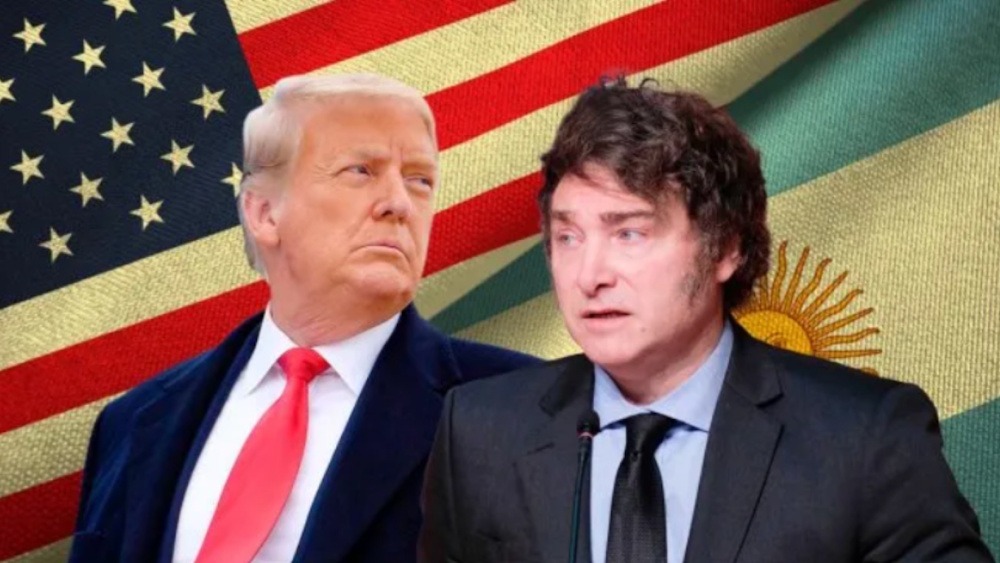Following multiple rounds of announcements, the currency swap between Argentina and the United States has been officially confirmed by the authorities of both nations. The US$20 billion support line is now accessible to President Javier Milei and Argentina. The decision by U.S. President Donald Trump to allocate a substantial support package to Argentina has been broadly characterized as a bailout, drawing criticism from both Republicans and Democrats for not adequately addressing the needs of American citizens. However, the swap line differs from conventional development aid expenditures. A currency swap is a financial agreement between two parties to exchange principal and interest payments in different currencies. It typically involves exchanging a specified amount of one currency for another at the outset, followed by periodic interest payments and a final exchange of principal amounts at the end. Currency swaps are often utilized to hedge against foreign exchange risk or to secure more favorable borrowing rates. Upon activation, the swap integrates into the nation’s international reserves, and the country is not required to draw the entire amount at once.
President Milei articulated the arrangement, stating that the US$20 billion of credit is matched by an equivalent amount in pesos, and is activated solely when required. The swap functions such that the U.S. Treasury deposits funds into Argentina’s Central Bank, while Argentina reciprocates with pesos, but actual payments are executed only upon initiation. The agreement differs fundamentally from development aid, which is generally orchestrated via national aid entities such as USAID. While some commentators have labeled it “aid,” economists clarify that the swap only incurs debt once operational, requiring repayment with interest. Milei indicated that Argentina would utilize the swap to fulfill 2026 debt obligations should the nation be unable to access foreign exchange markets due to financial indices deeming it excessively risky. Each swap deal carries unique characteristics, including interest rates and repayment deadlines, and the terms remain largely undisclosed to prevent market exploitation.
The swap is part of a broader U.S. effort to stabilize Argentina amid economic turmoil. Argentina faces a prolonged depreciation of the peso, insufficient dollar reserves, and political instability, with mid-term legislative elections approaching on October 26. The Central Bank expects the swap to mitigate market volatility, stabilize macroeconomic conditions, and support the prices of everyday goods. While the timing of any potential funds being deposited is uncertain, the government hopes it may not need to activate the swap at all. Additionally, the U.S. has offered support through Treasury Secretary Scott Bessent, who announced the establishment of a US$20 billion private fund for Argentina, along with readiness to purchase sovereign bonds in dollars and provide a credit line via the Exchange Stabilization Fund, though these measures have not yet been enacted.
The rationale behind the swap is explicitly geopolitical, according to Bessent, with the aim of preventing another failed state in Latin America and ensuring a strong, stable Argentina as a strategic neighbor. The U.S. is concurrently engaged in a trade conflict with China and is keen to limit Beijing’s influence in Latin America, particularly regarding ports, military bases, and observation facilities. Trump and Milei have emphasized their ideological alignment, with the swap reflecting a political, partisan, and personal bet on Milei rather than a direct investment in Argentina. While the agreement should not materially affect Argentina’s relations with other nations such as China, the ultimate impact depends on ongoing negotiations between the U.S. and Argentine governments.

